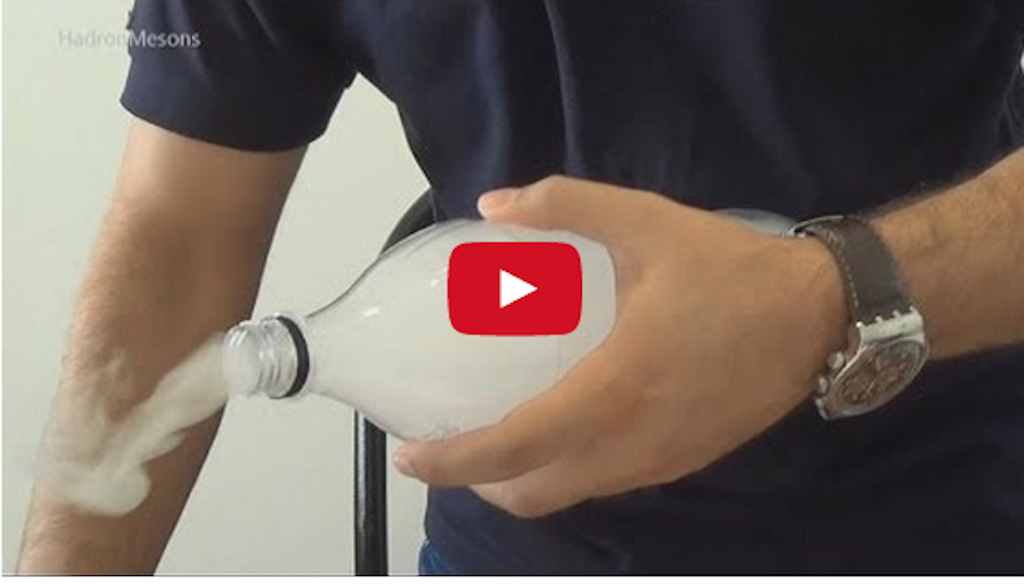
 |
HOW THE CLOUDS FORM AND WHAT ARE CLOUDS? The first thing you have to ask yourself.
Clouds are made of tiny drops of water or ice crystals that settle on dust particles in the atmosphere. The droplets are so small - a diameter of about a hundredth of a millimeter - that each cubic meter of air will contain 100 million droplets.
Clouds will either be composed of ice or water droplets depending on the height of the cloud and the temperature of the atmosphere. Because the droplets are so small, they can remain in liquid form in temperatures as low as -30 °C. Extremely high clouds at temperatures below -30 °C are composed of ice crystals.
Clouds form when the invisible water vapor in the air condenses into visible water droplets or ice crystals. There is water around us all the time in the form of tiny gas particles, also known as water vapor. There are also tiny particles floating around in the air - such as salt and dust (we used alcohol instead of aerosols in this experiment) - these are called aerosols.
The water vapor and the aerosols (Alcohol in this experiment act as the aerosols) are constantly bumping into each other. When the air is cooled, some of the water vapor sticks to the aerosols when they collide - this is condensation. Eventually, bigger water droplets form around the aerosol particles, and these water droplets start sticking together with other droplets, forming clouds.
Clouds form when the air is saturated and cannot hold any more water vapor, this can happen in two ways:
The amount of water in the air has increased - for example through evaporation - to the point that the air cannot hold any more water.
The air is cooled to its dew point - the point where condensation occurs - and the air is unable to hold any more water.
The warmer the air is, the more water vapor it can hold. Clouds are usually produced through condensation - as the air rises, it will cool and reducing the temperature of the air decre
Note – The content is copyrighted to www.dhadijatha.com and may not be reproduced on other websites.